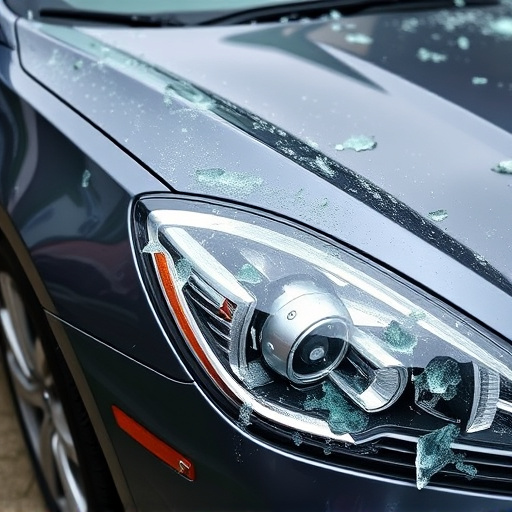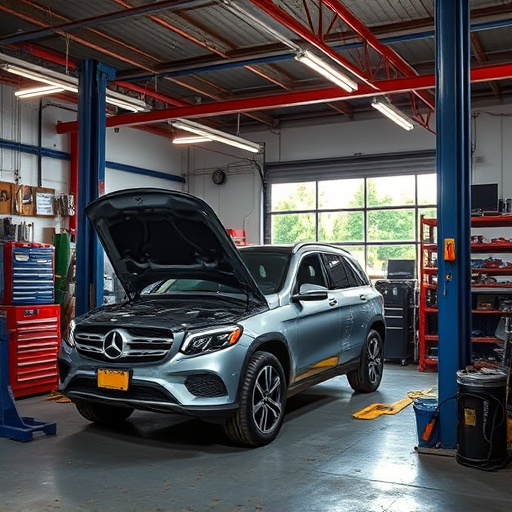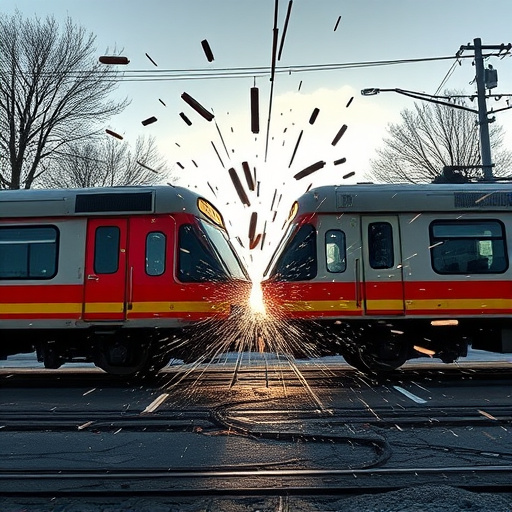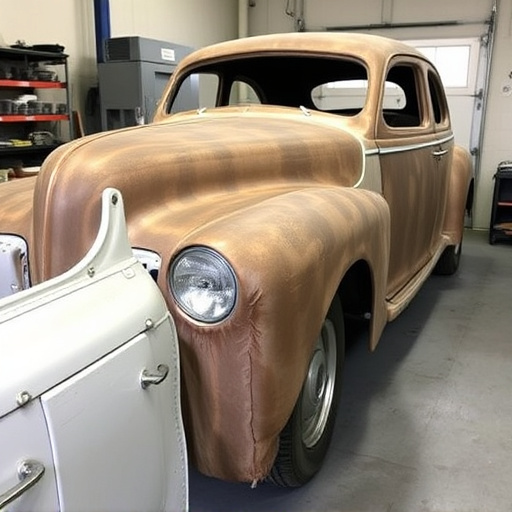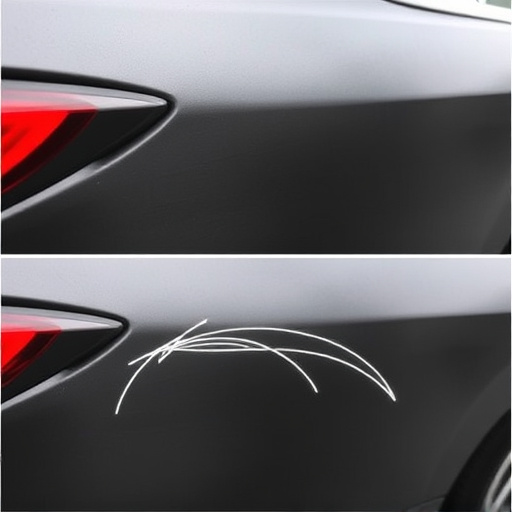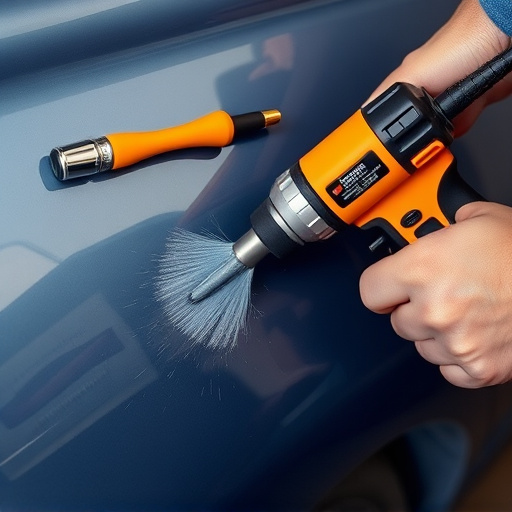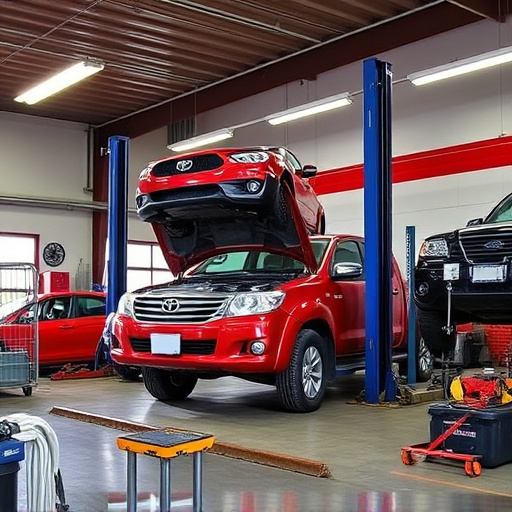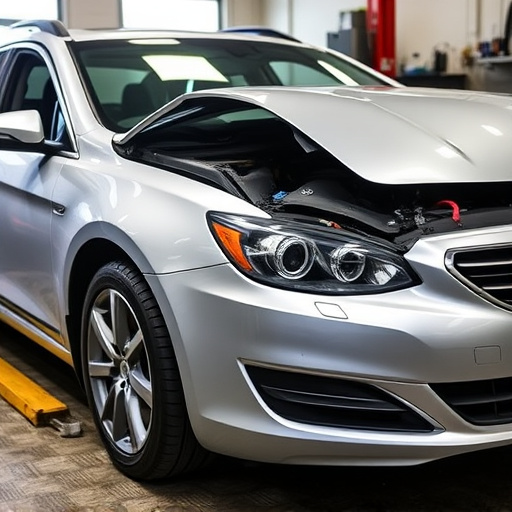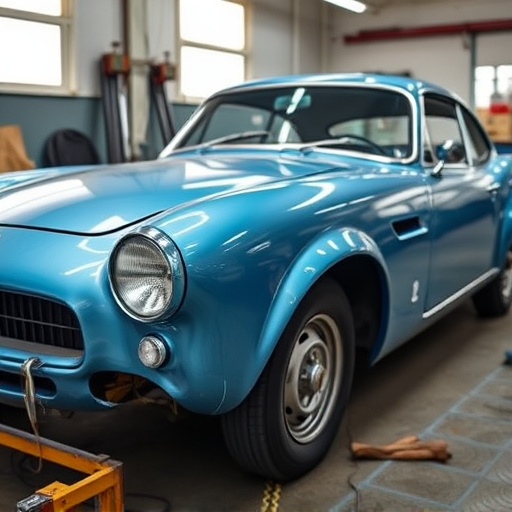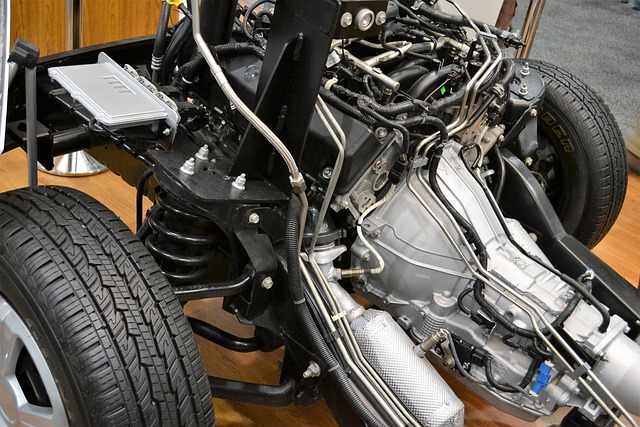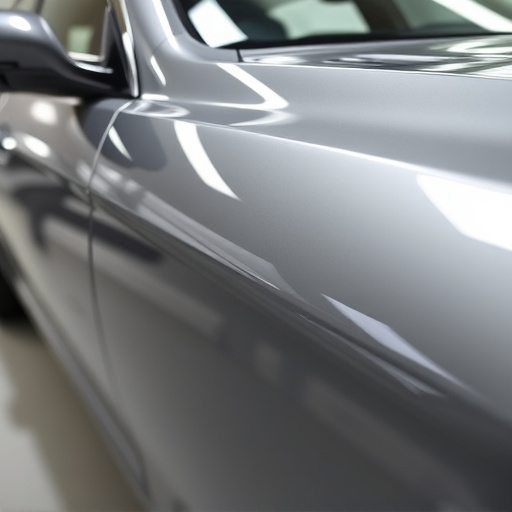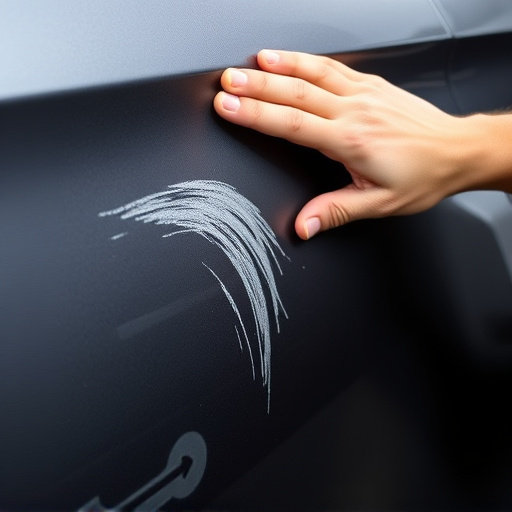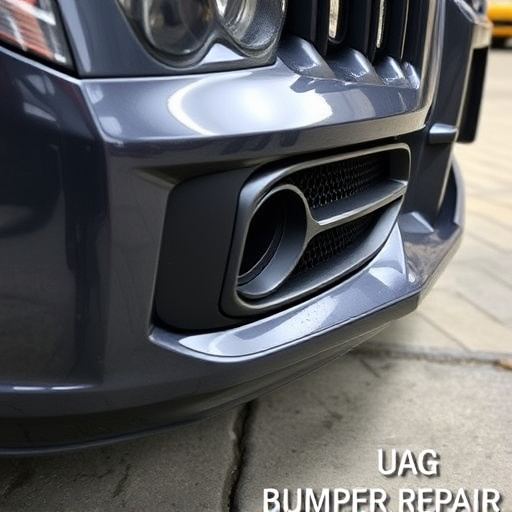RV body repair is a specialized field demanding unique skills for Recreational Vehicles' distinct features, including materials like fiberglass and aluminum. Professionals use advanced technologies such as CAD software, cutting-edge welding, and modern paint systems to ensure structural integrity and aesthetic appeal after repairs. Common mistakes like DIY repairs or ignoring safety protocols can compromise quality, so thorough inspection, genuine parts, and adherence to industry standards are crucial for durable fixes.
“Uncover the secrets to mastering RV body repair with our comprehensive guide. From understanding the fundamentals to advanced restoration techniques, this article is your ultimate resource. Learn why adhering to expert advice is crucial to avoid common mistakes that can compromise your vehicle’s integrity. Discover the steps to ensure a seamless, long-lasting repair, allowing you to hit the road again in style and safety. Get ready to embark on a journey towards RV excellence.”
- Uncovering the Basics of RV Body Repair
- Advanced Techniques for a Seamless Restoration
- Common Mistakes to Avoid During the Repair Process
Uncovering the Basics of RV Body Repair

Uncovering the basics of RV body repair involves understanding that it’s a specialized field within the broader spectrum of vehicle repair services. Recreational vehicles (RVs) are unique due to their size, structure, and often intricate features. Therefore, the skills and techniques required for RV body repair differ significantly from those needed for repairing standard cars or trucks. Professionals in this domain must possess expertise not just in auto body services but also in dealing with specific materials and designs that are characteristic of RVs.
Whether it’s a minor dent or a more significant collision, effective RV body repair requires a deep knowledge of the vehicle’s construction. This includes an understanding of fiberglass, aluminum, and other materials commonly used in RV manufacturing. Additionally, repairs must consider the functionality and aesthetics of features such as slide-outs, awnings, and water tanks, ensuring that the final fix seamlessly integrates these elements while restoring the RV to its pre-accident condition or even enhancing its overall look and performance.
Advanced Techniques for a Seamless Restoration
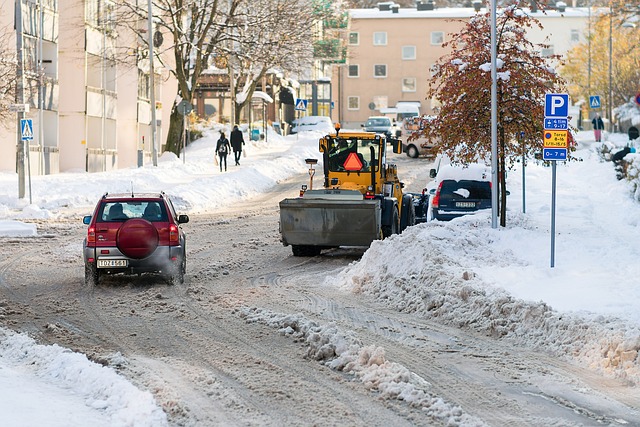
The world of RV body repair has evolved significantly, incorporating advanced techniques that transform damaged vehicles into as-new masterpieces. Modern auto body restoration professionals employ state-of-the-art equipment and specialized knowledge to handle even complex repairs with precision and speed. These methods ensure a seamless restoration, maintaining the vehicle’s structural integrity while achieving an impeccable finish.
One such technique involves computer-aided design (CAD) software, which allows for precise measurements and accurate replication of original body panels. This is coupled with advanced welding and bonding technologies that create strong, lasting bonds, mirroring the craftsmanship of top auto collision centers. Furthermore, vehicle paint repair techniques have also advanced, utilizing modern paint systems and application methods to match the exact shade and finish of the RV’s original paint job, preserving its aesthetic appeal and resale value.
Common Mistakes to Avoid During the Repair Process

When undertaking RV body repair, it’s essential to be aware of common mistakes that can compromise the quality of the work and extend the repair time. One of the biggest blunders is attempting DIY repairs without proper training; structural integrity is paramount in an RV, so professional expertise is crucial. Ignoring safety protocols during frame straightening or auto collision repair can lead to serious injuries and substandard results.
Another mistake is not thoroughly inspecting all components before beginning repairs. RVs are complex vehicles with many intricate parts, so a meticulous assessment ensures every damage is addressed. Moreover, using inferior replacement parts or cutting corners on the repair process will result in a less durable fix. Always opt for genuine parts and adhere to industry standards for best outcomes.
RV body repair is an art that, with the right knowledge and techniques, can transform your rig into a like-new condition. By understanding the basics, mastering advanced restoration methods, and steering clear of common mistakes, you’ll not only enhance your travel experience but also extend the lifespan of your beloved recreational vehicle. Remember, whether tackling small dings or major repairs, quality materials and expert guidance are key to achieving a seamless restoration.
